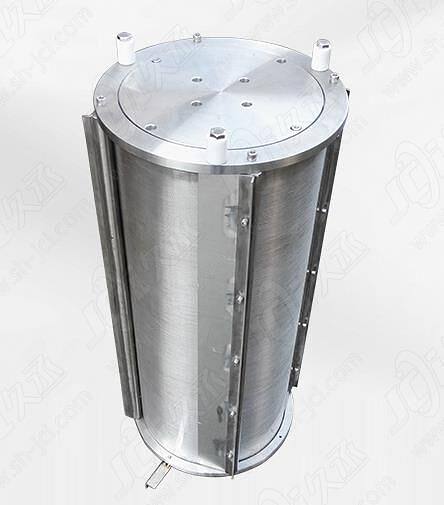Tel: +86 21 5109 7921,+86 21 5109 0930
Backwash filters are used to treat the textile industry
2021-05-08
The textile printing and dyeing industry is a major discharger of industrial wastewater.Backwash filter it plays an important role in the textile industry. In recent years, with the development and progress of the textile industry, the difficulty of treating a large amount of textile wastewater has also increased. The amount of printing and dyeing wastewater is large, the color is high, and the degree of treatment is also very difficult. In order to better treat wastewater, the use of backwash filters is advocated. The four processes of printing and dyeing processing must remove wastewater. The pretreatment stage should remove desizing wastewater, smelting wastewater, bleaching wastewater and mercerizing wastewater, and the dyeing process to remove dyeing wastewater. The printing process removes printing wastewater and soap liquid wastewater, and the finishing process removes the finishing wastewater.
Printing and dyeing wastewater is a mixed wastewater of the above types of wastewater, or a comprehensive wastewater other than bleaching wastewater. The backwash filter can completely solve the printing and dyeing wastewater, and can reach the sewage discharge standard. Backwashing can also remove various magazines and silt in the water. It is the reuse of filtered water. It can be said that it is at a high stage in the field of environmental protection, which improves the utilization of water resources and accelerates the regeneration of water resources. Recycling after backwashing filter:
(1) Waste water can be recycled and reused according to the characteristics of water quality, such as the diversion of bleaching and smelting wastewater and dyeing and printing wastewater. The former can be washed by convection. One water is used for multiple purposes, reducing emissions;
(2) Recycling of lye, usually by evaporation method, if the amount of lye is large, it can be recovered by three-effect evaporation, while the amount of lye is small, it can be recovered by thin-film evaporation;
(3) Dye recovery. For example, Shihlin dyes can be acidified into cryptoconic acid, which are colloidal particles. Suspended in the residual liquid, recovered and reused after precipitation and filtration.

The harmless treatment can be divided into:
(1) Physical treatment methods include precipitation method and adsorption method. The precipitation method mainly removes suspended solids in wastewater; the adsorption method mainly removes dissolved pollutants and decolorization in wastewater.
(2) Chemical treatment methods include neutralization method, coagulation method and oxidation method. The neutralization method is to adjust the acidity and alkalinity of the wastewater, which can also reduce the chromaticity of the wastewater; the coagulation method is to remove the disperse dyes and colloidal substances in the wastewater; the oxidation method is to oxidize the reducing substances in the wastewater to precipitate the sulfur dyes and vat dyes. (3) Biological treatment methods include activated sludge, biological turntable, biological rotary drum and biological contact oxidation method. In order to improve the effluent water quality, meet the discharge standards or recycling requirements. Often need to adopt several methods to deal with jointly.



